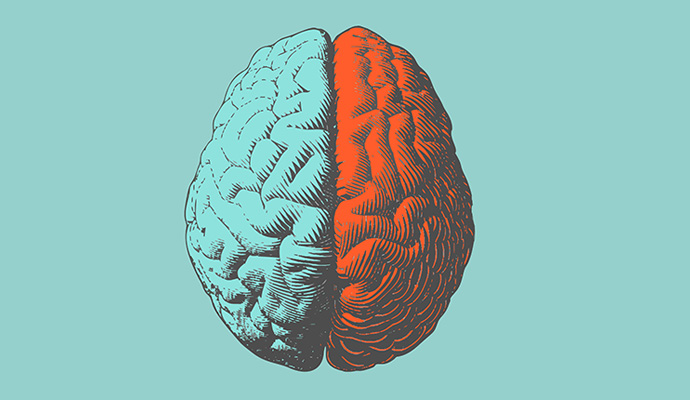Artificial Intelligence Model Detects Parkinson’s From Breathing Patterns
MIT researchers have developed an artificial intelligence model that can detect Parkinson’s disease and assess its severity by evaluating patients’ nocturnal breathing patterns.

Source: Getty Images
- Researchers have developed an artificial intelligence (AI) model that detects the presence and severity of Parkinson’s disease (PD) using nocturnal breathing patterns, which occur while a patient is sleeping, according to a study published this week in Nature Medicine.
The National Institutes of Health’s National Institute on Aging states that PD is a neurological condition that is often challenging to diagnose because the symptoms are subtle, if visible at all, in the early stages and appear gradually over time. PD is usually diagnosed based on the appearance of motor symptoms, such as tremors, stiffness, and difficulty with coordination. But by the time these symptoms manifest, the disease is often several years into its progression.
Early diagnosis of PD is critical to managing symptoms and improving patient quality of life, but early-stage diagnostics are limited, and many are costly and invasive. To support early PD diagnoses, the study authors sought to build an AI model that can detect PD in an accessible, non-invasive manner.
Early signs of PD are often related to cognitive issues, such as dementia, but there is evidence to suggest that other, more subtle symptoms are associated with PD.
“A relationship between Parkinson’s and breathing was noted as early as 1817, in the work of Dr. James Parkinson,” said Dina Katabi, PhD, a professor of electrical engineering and computer science at the Massachusetts Institute of Technology and principal investigator at the MIT Jameel Clinic, in the press release. “This motivated us to consider the potential of detecting the disease from one’s breathing without looking at movements. Some medical studies have shown that respiratory symptoms manifest years before motor symptoms, meaning that breathing attributes could be promising for risk assessment prior to Parkinson’s diagnosis.”
To measure patients’ breathing patterns, the researchers developed a device roughly the size and shape of a WiFi router, which is placed in a patient’s bedroom while they sleep. The device then emits radio signals and analyzes the reflections of these signals created by the surrounding environment, including breathing patterns.
This feedback is then given to a neural network, which analyzes each patient’s breathing patterns to determine whether PD is present. To train and validate the model, the researchers utilized data from multiple datasets and sources, including the Mayo Clinic, NIH, and Massachusetts General Hospital sleep lab.
The combined dataset contained information from 11,964 nights with over 120,000 hours of nocturnal breathing signals from 757 PD subjects and 6,914 control subjects. Overall, the model achieved high performance in identifying the presence and severity of PD, along with effectively tracking PD progression over time.
The research team indicated that these findings have multiple potential implications for PD research and clinical care, including drug and therapy development.
“In terms of drug development, the results can enable clinical trials with a significantly shorter duration and fewer participants, ultimately accelerating the development of new therapies,” said Katabi. “In terms of clinical care, the approach can help in the assessment of Parkinson’s patients in traditionally underserved communities, including those who live in rural areas and those with difficulty leaving home due to limited mobility or cognitive impairment.”
This research adds to the growing use of AI in PD research and chronic disease management.
In April, Mount Sinai Health System spin-off PreciseDx announced that it had developed an AI model to detect PD using pathology in image patches from biopsy samples.
Similarly, last year, researchers from the University of Florida received a $5 million grant to create an AI model capable of differentiating the diagnosis of early PD from two related Parkinson’s-like syndromes using MRIs.
